
Here, we continue our story about housing estates of Budapest. See also Part I covering period from from 1908 to 1940s.



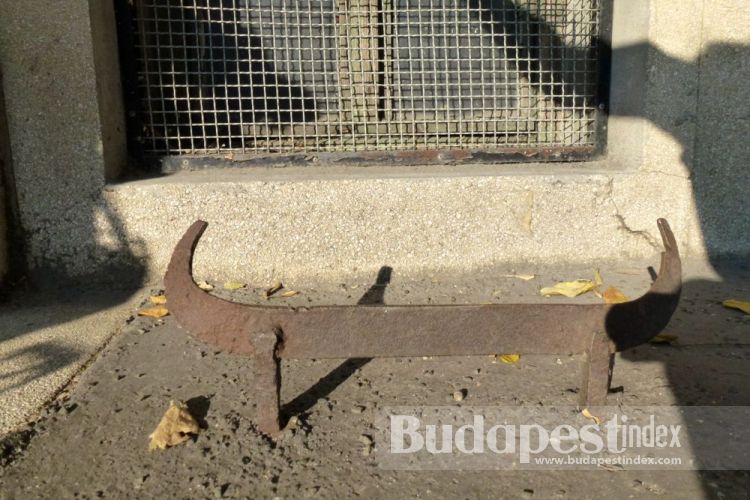



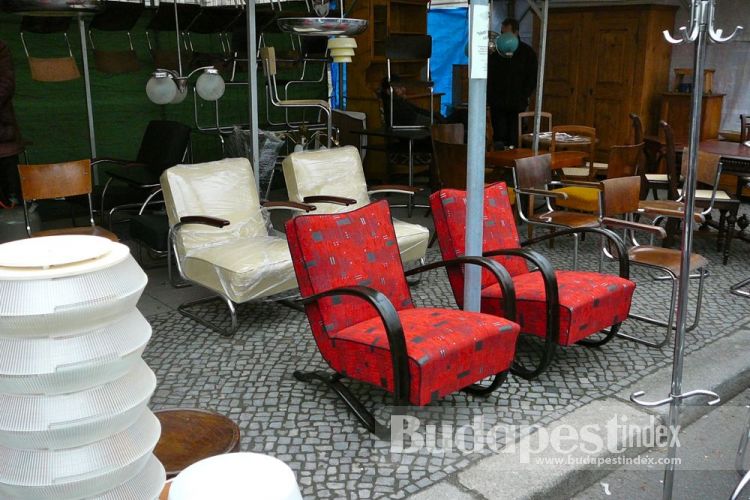
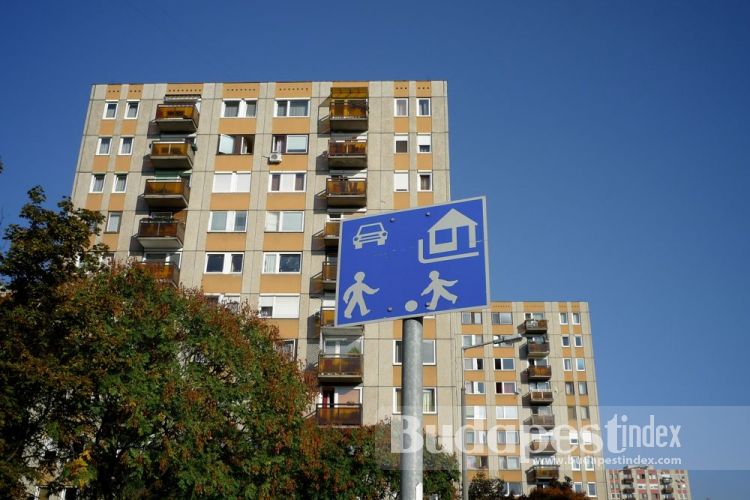

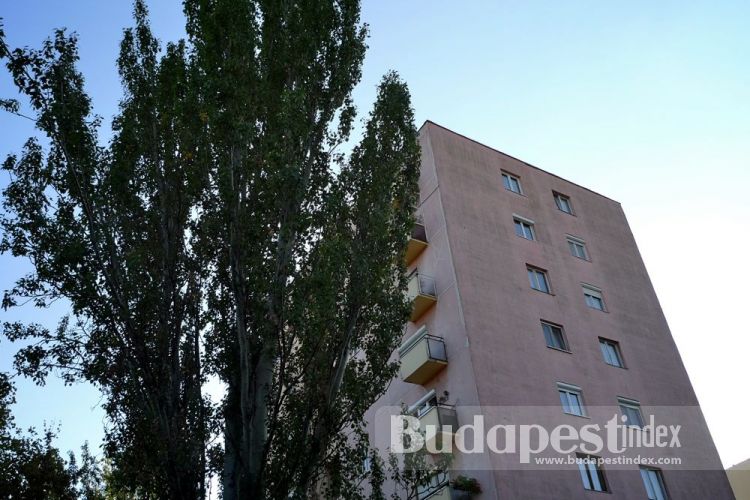



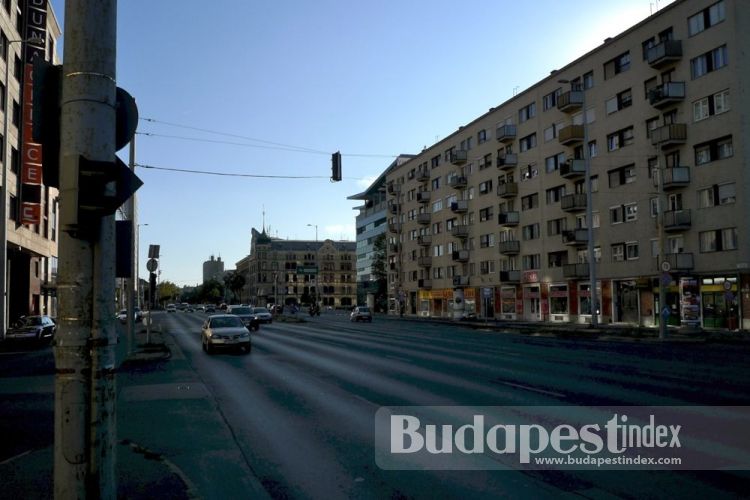
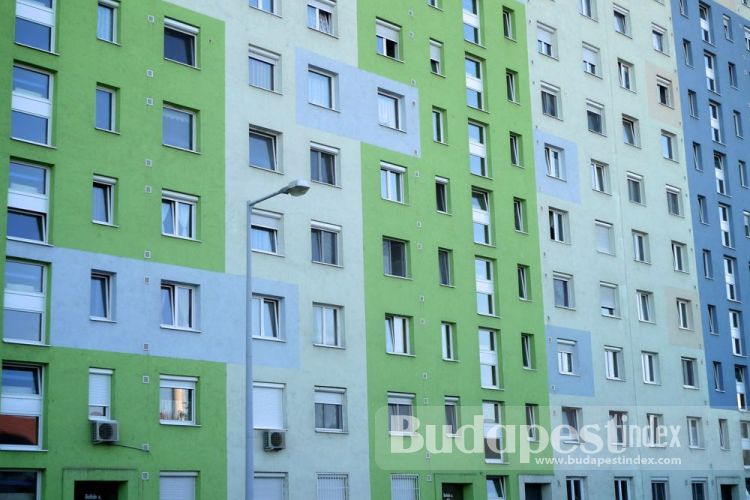



Here, we continue our story about housing estates of Budapest. See also Part I covering period from from 1908 to 1940s.


















I am urban planner of the city of Amsterdam. With a group of collegues (15 persons)we are planning a trip to Boedapest in april 2012 to learn from urban projects in Boedapest. I am very interested in the brief urban history of Boedapest by Sosna. Is it possible that we can contact him for a guided tour or maybe he knows somebody else ?
Thank you very much for your reply
Bart Vlaanderen
Municipality of Amsterdam
Thank you for your interest in our post.
Though we don't do tours around the city, we enjoy learning Budapest from various perspectives, and will be glad to provide you with any information regarding urban projects, or just have a cup of coffee of people interested in architectures like ourselves.
Please contact us via our form http://www.budapestindex.com/feedback, and we'll try to help you.
Best regards, Sofia
BudapestIndex Editor